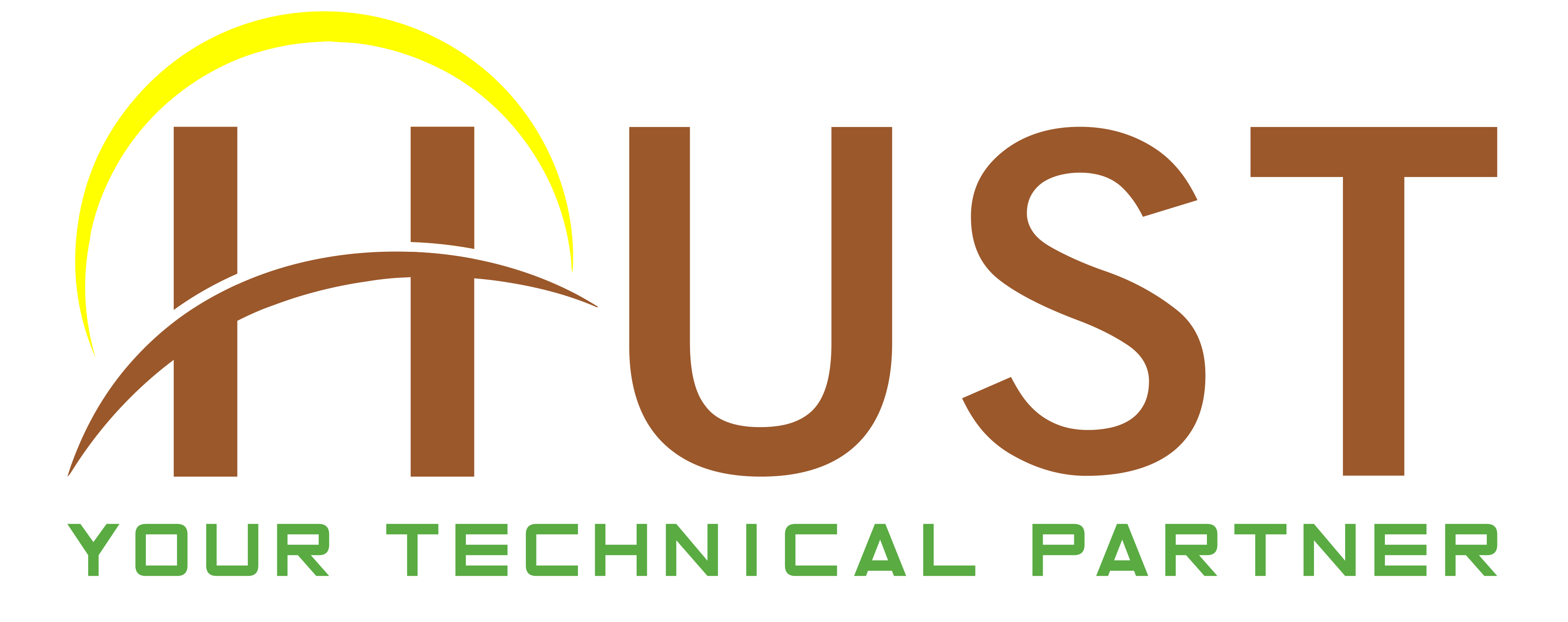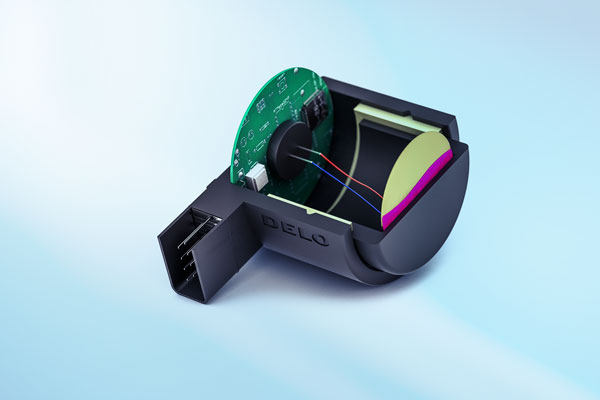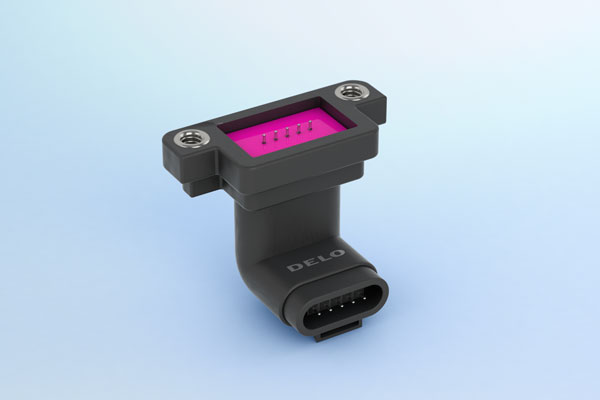
ADHESIVES FOR AUTOMATED DRIVE ASSISTANCE SYSTEM (ADAS)
21:14 - 11/08/2021
Automated driving (Level 3) is deemed technically viable thanks to high-performance driver assistance systems (ADAS) is also thanks to innovations in the field of adhesive bonding technology. Adhesives make a small, but nevertheless important contribution to the future of driving.
Cheaper and simpler micro-optics production
Adhesive for chip RFID in the smart card
ICA, ACA and TCA adhesives: Classification and applications
DELO ADHESIVES - HIGH SPEED CARRIER BONDING
Adhesives For Automated Drive Assistance System | ||
The automotive industry has already made great advances in automated driving, especially in well-controlled environments such as on highways. That automated driving (Level 3) is deemed technically viable thanks to high-performance driver assistance systems (ADAS) is also thanks to innovations in the field of adhesive bonding technology. Adhesives make a small, but nevertheless important contribution to the future of driving. | ||
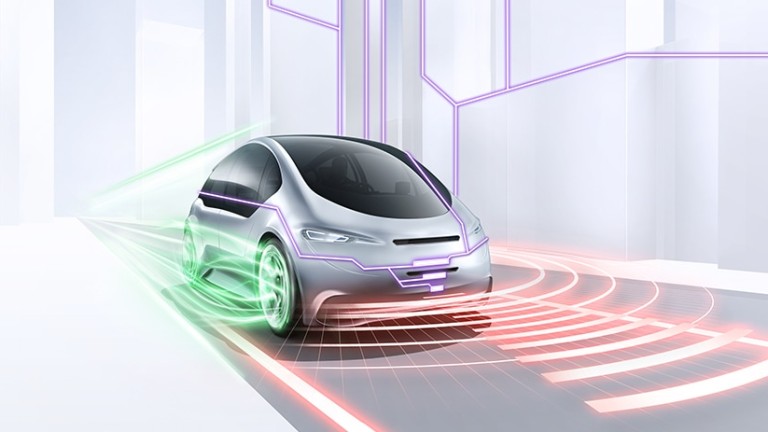 | ||
Adhesives for cameras and LiDAR sensor | ||
Adhesives play a particularly important role in cameras. Among others, they are used for traffic sign recognition, lane-keeping, and collision warning assist systems even in mid-range cars. In this case, and also for the increasingly common LiDAR sensors in the luxury range, the bonded components including lenses, filters, and image sensors, must function reliably in the long term. Low outgassing and low and reproducible shrinkage of the adhesive are crucial to this prerequisite. Even more important for the optics is that the lens position does not change after production. Users can use light-fixable adhesives to ensure this. The optics of the camera modules can thus be actively aligned and "frozen". Further processing without the lens slipping is therefore guaranteed. During the subsequent heat curing, the adhesive receives its final properties. | 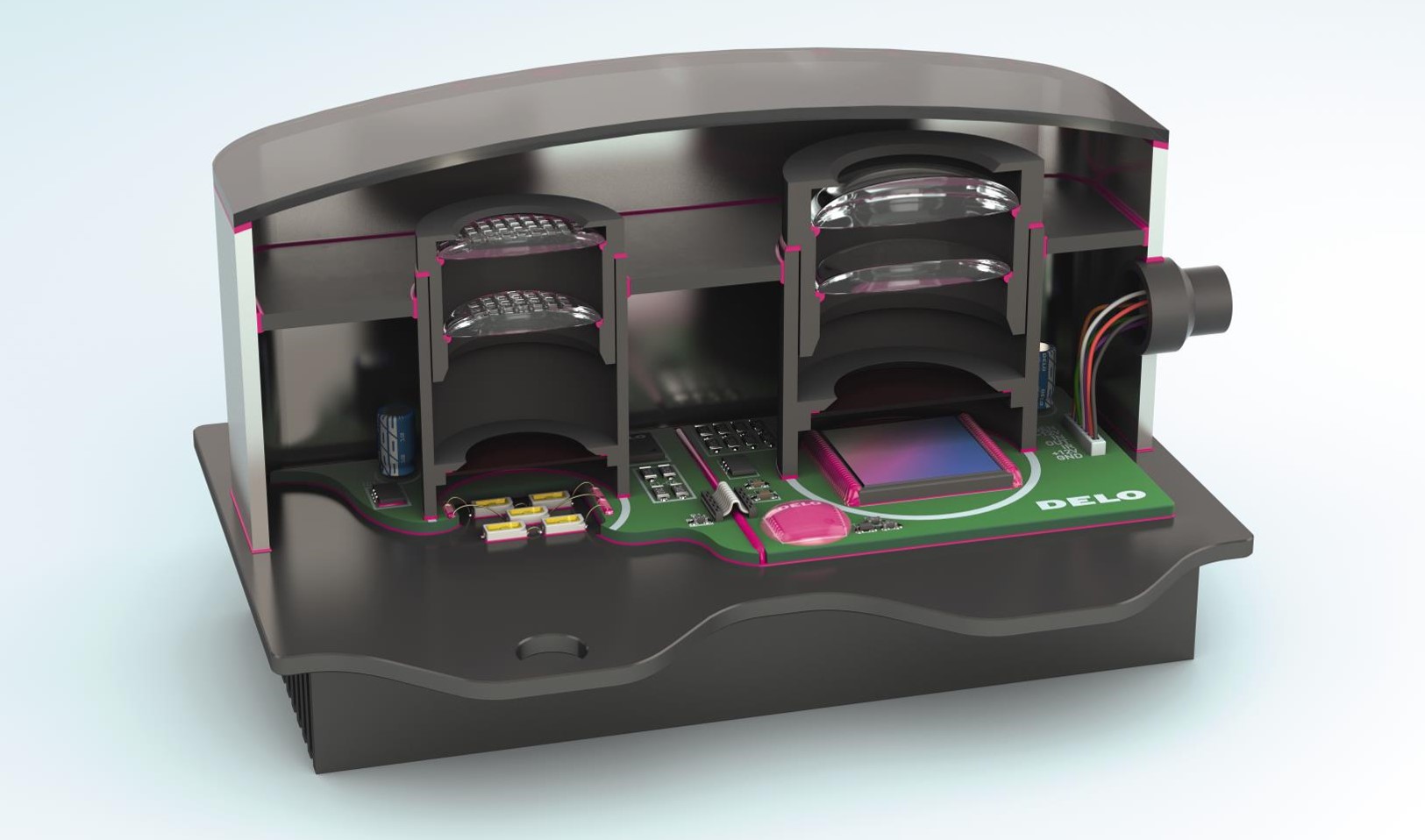 LiDAR sensor frame (Figure: DELO) | |
DELO has an extensive portfolio of adhesives with different chemistries to provide optimum solutions for the various bonding areas and material combinations for cameras and LiDAR sensors. They fulfill all optical and mechanical requirements even in the most adverse conditions, from direct sunlight under the windshield to outdoors with seasonally fluctuating temperatures, as well as rain, snow, and ice. Furthermore, due especially to the dual curing option, they enable short cycle times and thus efficient production processes. | ||
Adhesives for radar and ultrasonic sensors | ||
Also in the case of radar and ultrasonic sensors, adhesives frequently have to perform other functions in addition to their mechanical tasks. Take ultrasonic sensors, for example, where the adhesive helps to ensure that the sensor transmits the ultrasonic signal in high quality and does not falsify it. To ensure this, the adhesive must have good acoustic properties and the right oscillation behavior. The light-curing epoxy resins in the DELO KATIOBOND family fulfill exactly these requirements, even within the service temperature range of –40 °C to +120 °C, and pass all required salt spray tests. Another highlight: They enable in-line processes as well as short cycle times in series production. Preactivation ensures reliable curing even in shadowed areas and requires only one process step. |
Ultrasonic sensors (Figure: DELO) | |
Adhesives and sealants for control units and plugs | ||
Control units for motor or onboard electronics must be protected from humidity, media, and corrosion, even under extreme temperatures. The most important task for adhesives and sealants is therefore the long-term protection of the control unit housing, plugs, and other microswitches in the car. Another typical application is thermal management for power electronics. In air conditioning systems, for example, thermally conductive adhesives ensure that the heat generated under load is quickly dissipated to a heat sink. Many DELO adhesives and sealants are developed specifically for these applications and for some of their special requirements, such as bonding to certain surface coatings. They provide the necessary reliability while enabling efficient production processes thanks to full curing or fixation within seconds and the enabling of in-line tightness testing. |
Plugs on the car (Figure: DELO) | |
DELO products properties/strengths | ||
|  | |
Contact HUST VN for advice and support in choosing the most suitable solution and glue for the application you are interested in...
HUST Vietnam exclusively distributes adhesive products, dispensing machines, UV glue curing lamps, and technology transfer from DELO in Vietnam.
